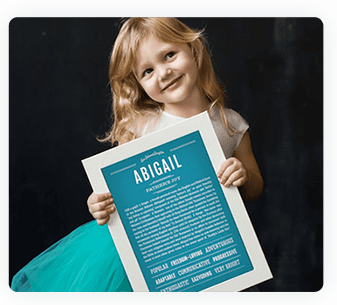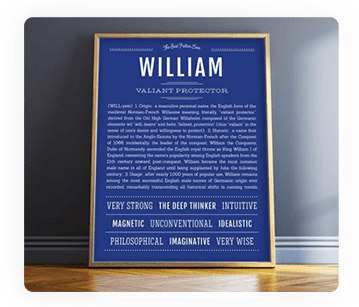Literary Characters
OF THE BABY NAME AGNES
Agnes Grey is the titular character of Anne Bronte’s first novel, published in 1847. Agnes is a humble governess (well, who among the Brontes’ heroines isn’t?!) whose indignities suffered at the hands of heedless employers are heart-wrenching. Agnes is employed by a series of heartless rich people who think their children are perfect; the children, of course, are anything but. Poor Agnes seems to have little recourse, and she is, in fact, powerless. To be young, poor and female in her time was to have innocently signed on for a life of hardship. The only solution was to find a man, which Agnes does, in the person of the good parson, Edward Weston. After the usual misunderstandings, they marry and live happily ever after in the finest of Victorian traditions. Anne Bronte’s own fate was not as fortunate – she got the governess part, but she didn’t get the man. Moreover, she died of tuberculosis at the age of twenty-nine. Even marrying a parson would be preferable.
Agnes Wickfield is a character in Charles Dickens’ 1850 masterpiece, Personal History, Adventures, Experience and Observation of David Copperfield the Younger of Blunderstone Rookery (Which He Never Meant to Publish on Any Account), familiarly known to most of us as David Copperfield . Agnes is the “angel” of the story, famously always pointing upward, presumably toward the heavens. A companion of David’s since childhood, she is the epitome of Victorian feminine goodness and purity, tenderly caring for her father and stoically loving David while he lusts after the adorable (if dim)Dora and others. Patience and virtue win the Victorian day. After David and Dora marry and she succumbs to a fatal miscarriage (nursed by Agnes, no less!), David comes to his senses and marries the patient, angelic, sensible and long-suffering Agnes. And she, no wilting violet, produces not one, not two, well, go and count them yourself – healthy children. We are led to believe, in spite of all this, that Agnes lived happily ever after.
Agnes is the name of the baby stolen by gypsies, who replace her in her crib with the disfigured infant Quasimodo, in Victor Hugo’s 1831 novel, The Hunchback of Notre Dame. Her mother flees Rheims in her grief, and the baby Quasimodo is sent to the orphanage at Notre Dame. In the meantime, having been renamed Esmeralda and happily raised by the gypsies, the baby Agnes grows up to live with them in Paris and earns a living as a dancer. She comes to the attention of the evil Frollo and is rescued from a fate worse than death by the kind-hearted Quasimodo. He, in turn is aided by her when he runs afoul of the law, but ultimately, they both succumb to a tragic end. The story has had many treatments, but perhaps it is the Walt Disney 1996 animated version that delights us most (and presents a happy ending). Esmeralda is as beautiful as ever, with her emerald green eyes, but she is perhaps a tad more independent and self-willed (voiced by Demi Moore). In this incarnation, both Esmeralda and Quasimodo are spared, he to come into the fruition of belief in his own self-worth, and she to a satisfying denouement in which she happily marries her true love, Captain Phoebus.



